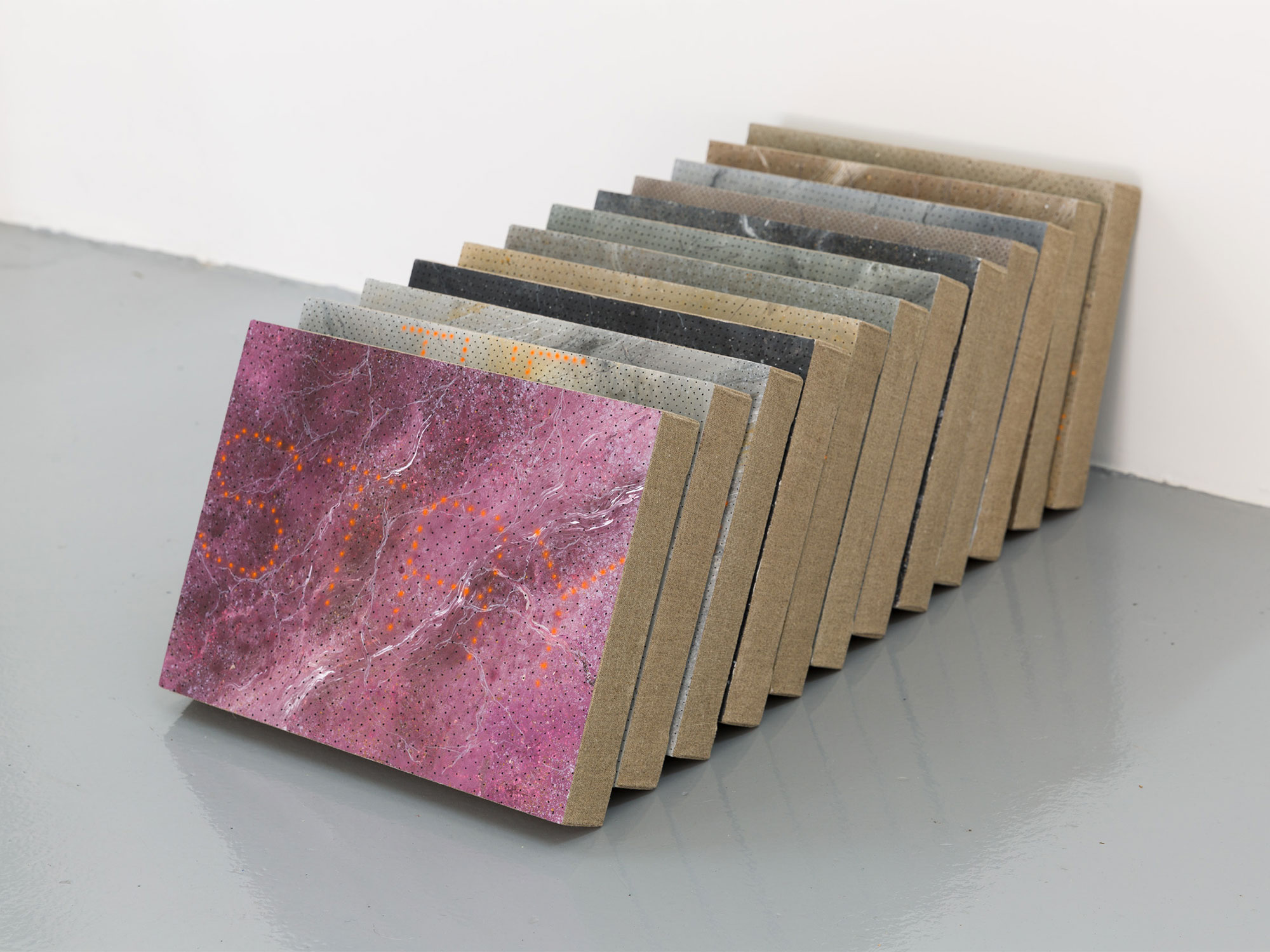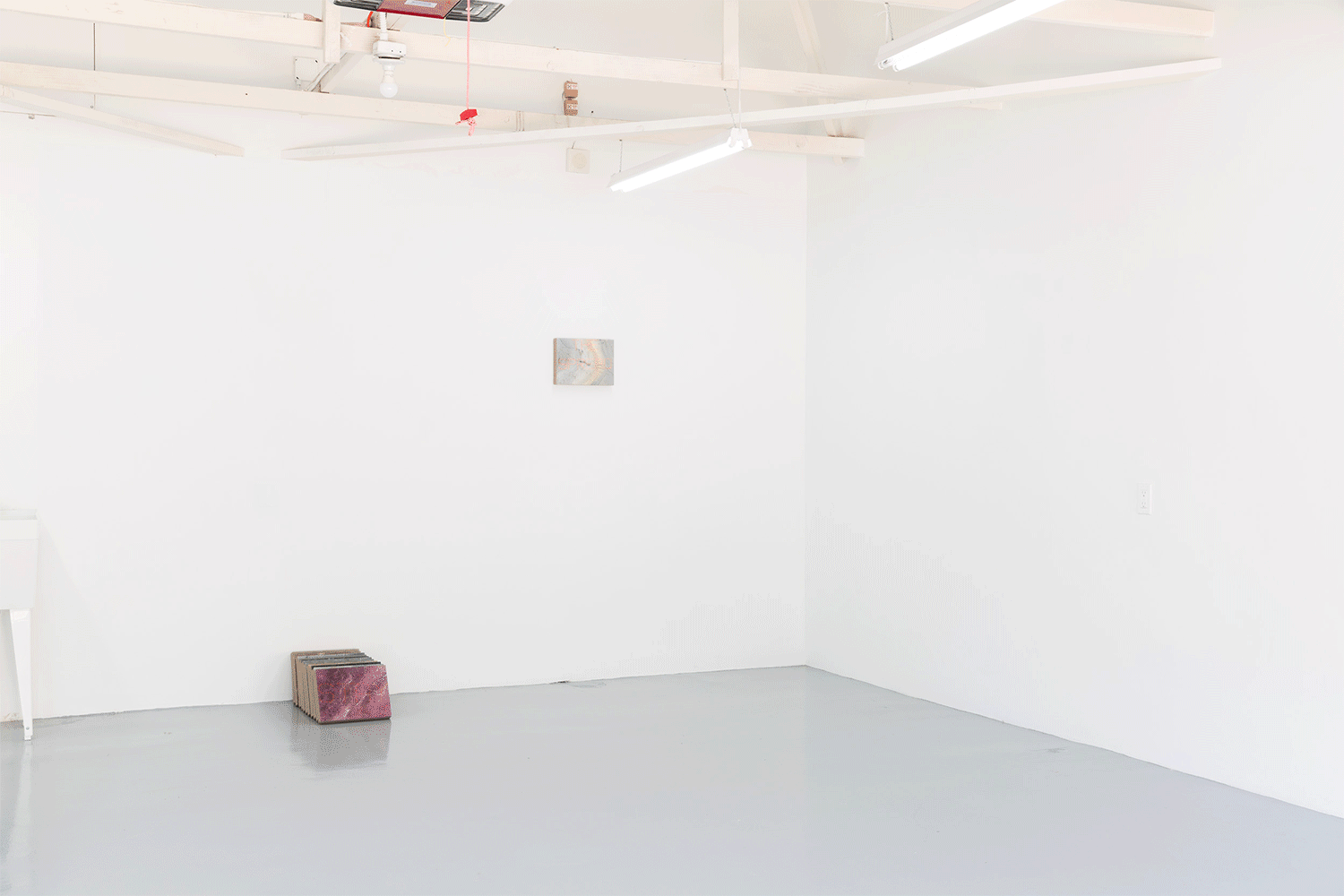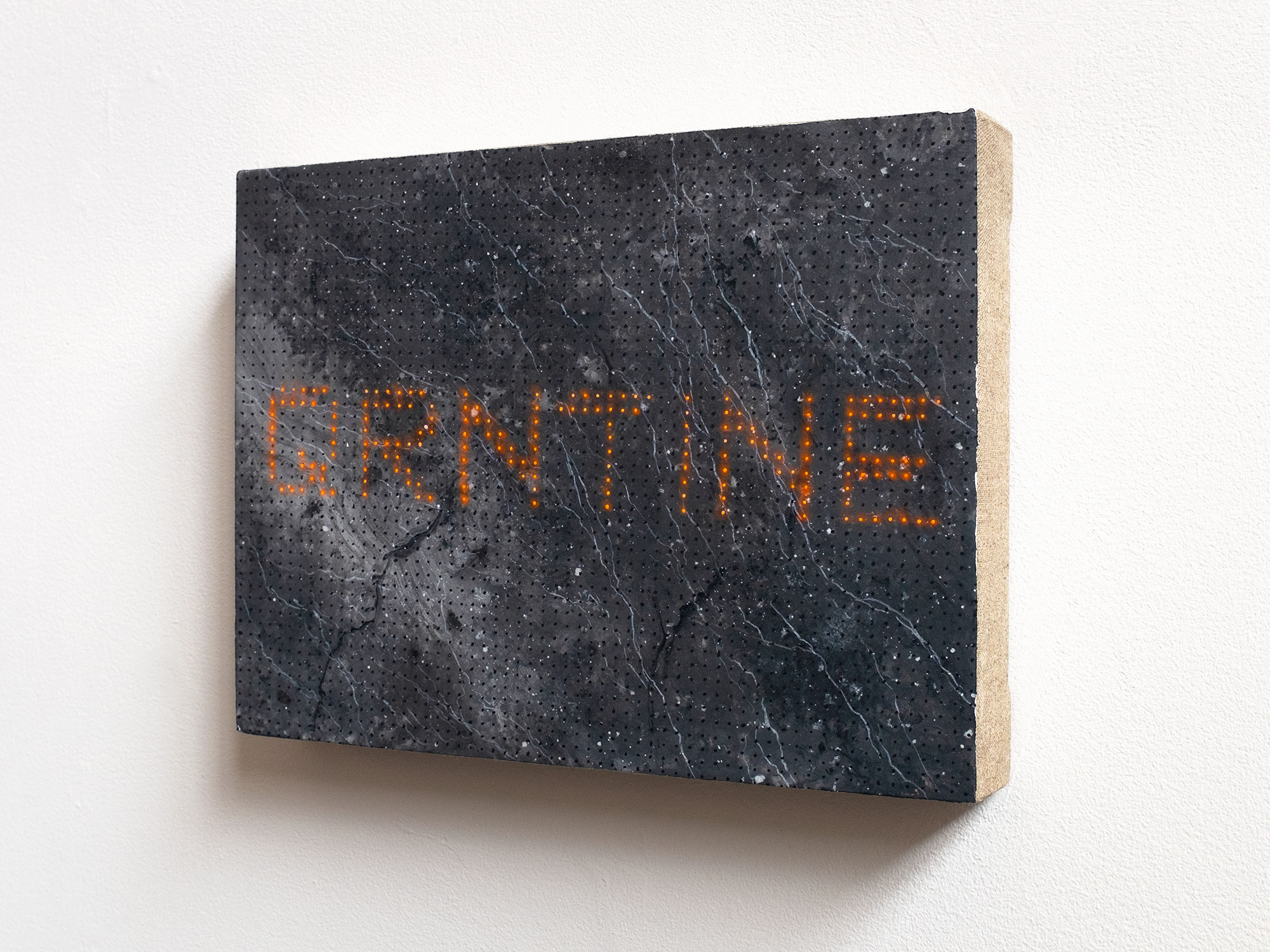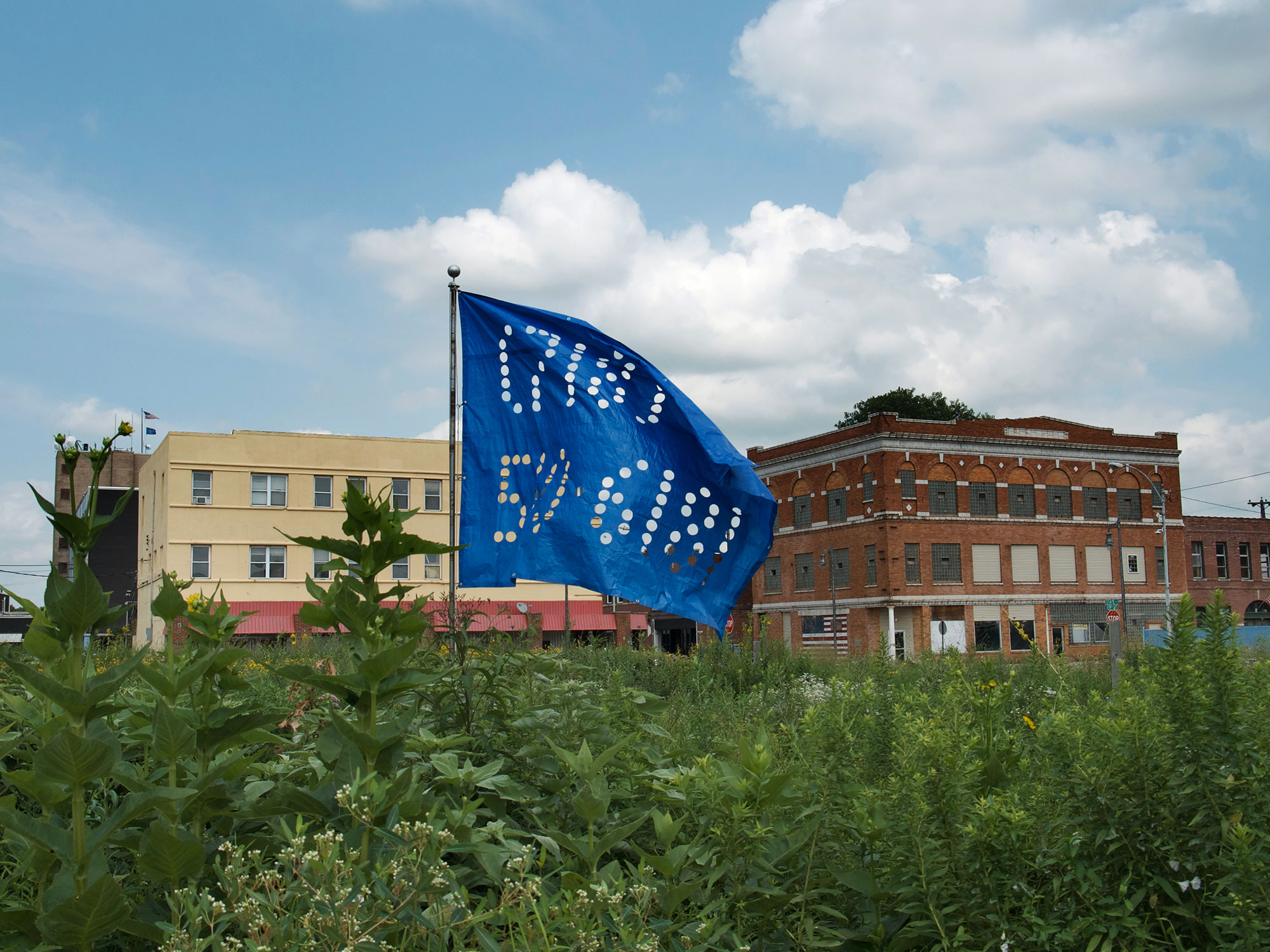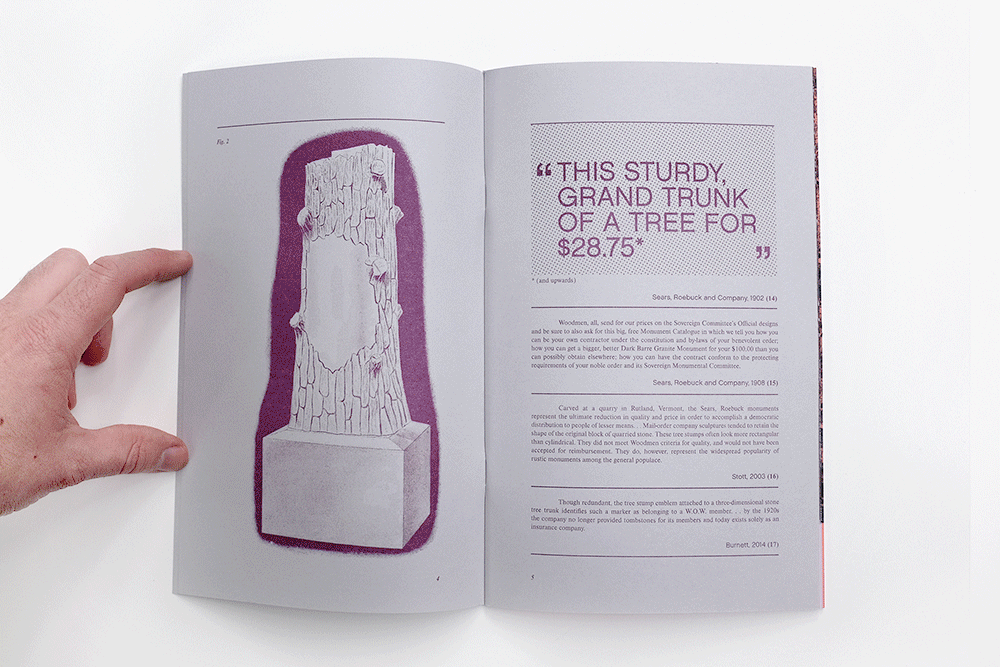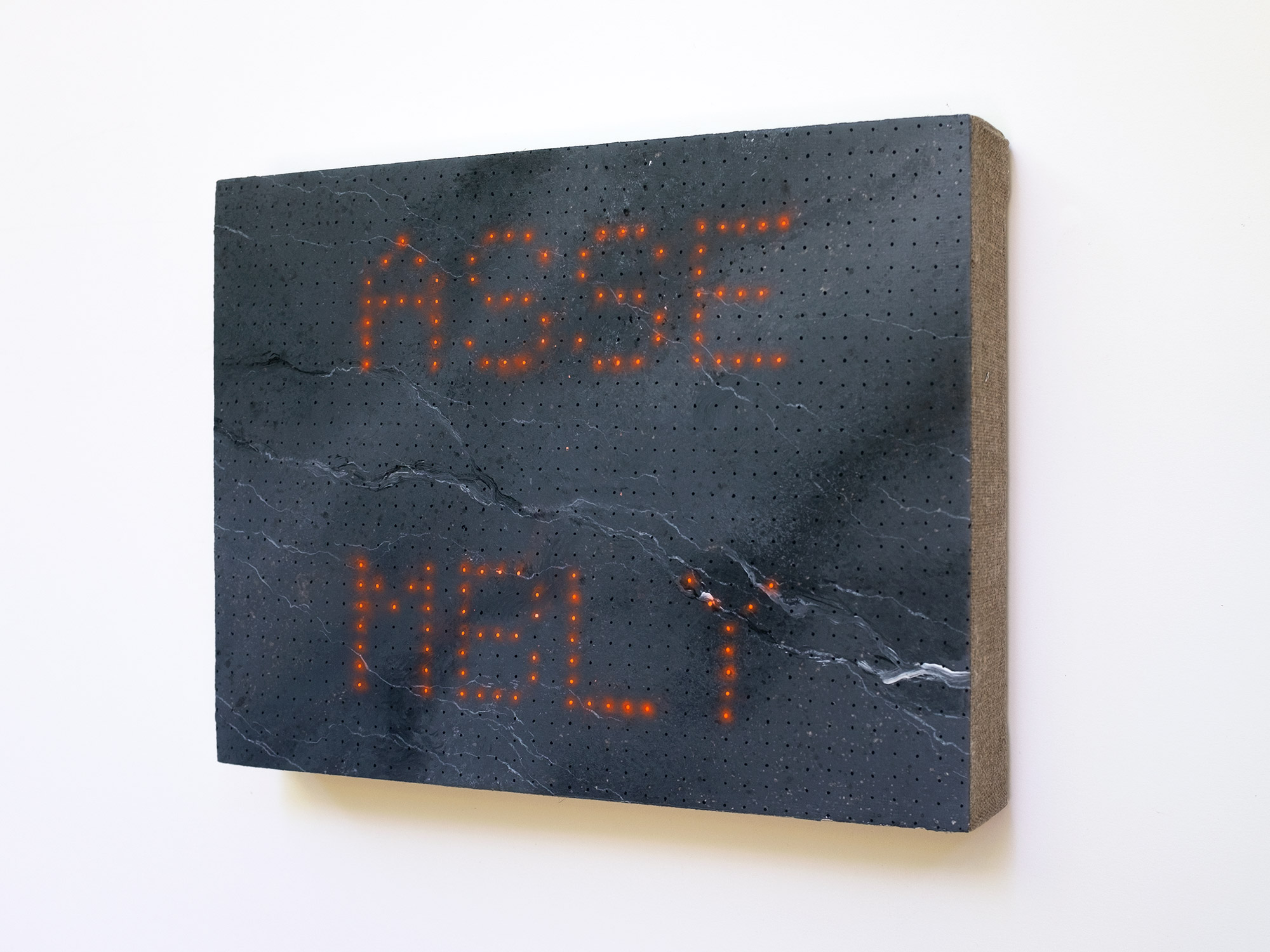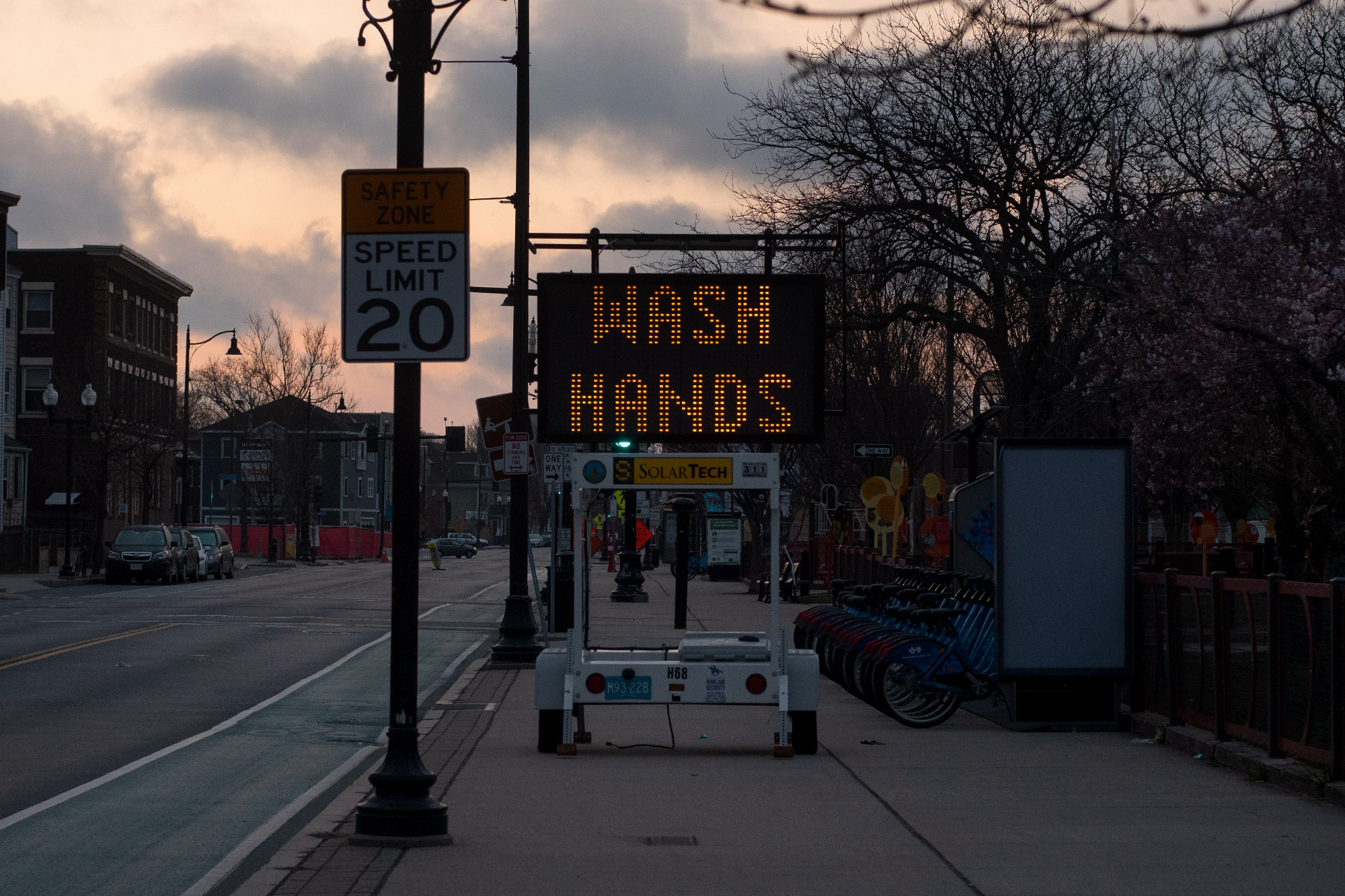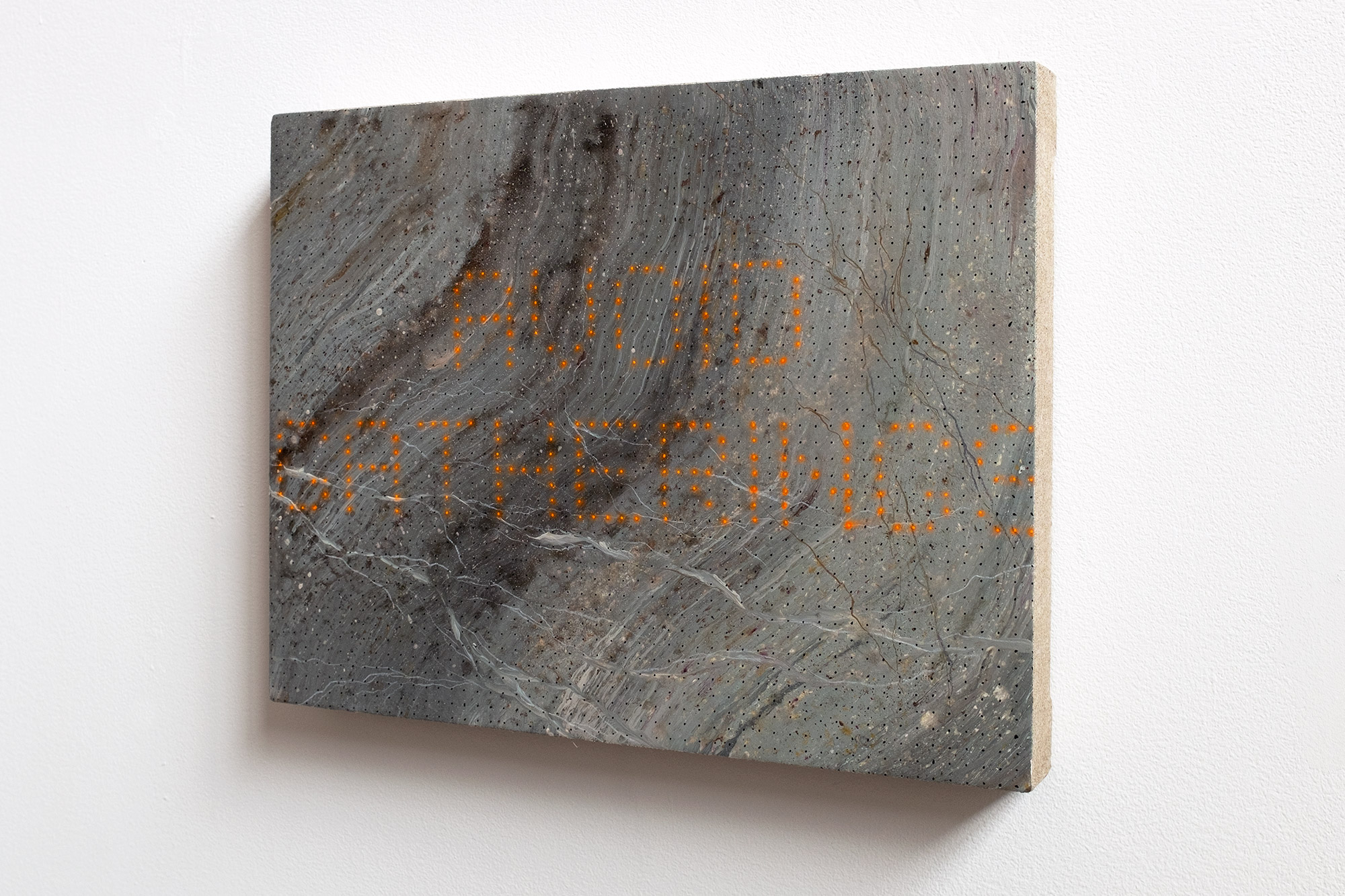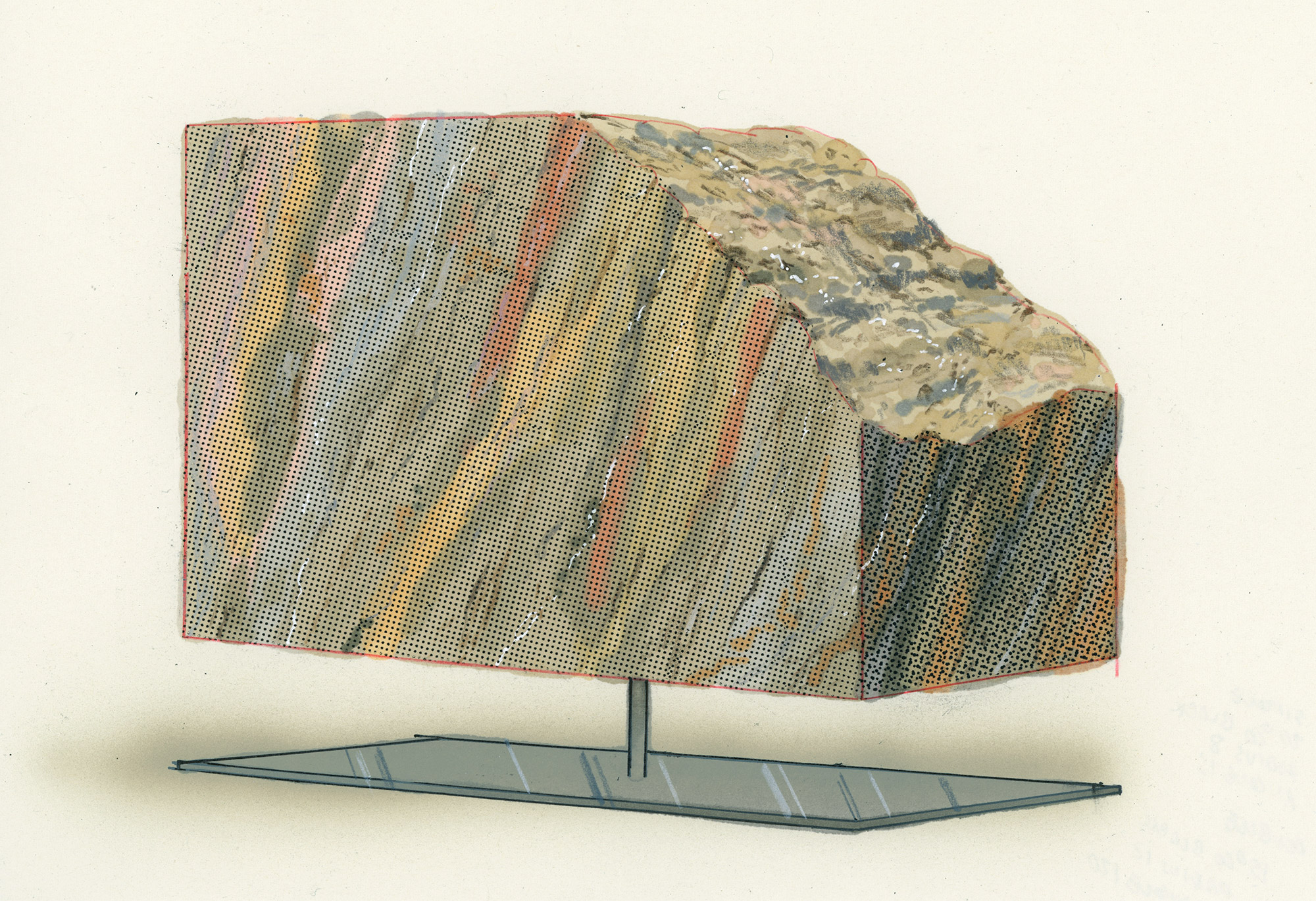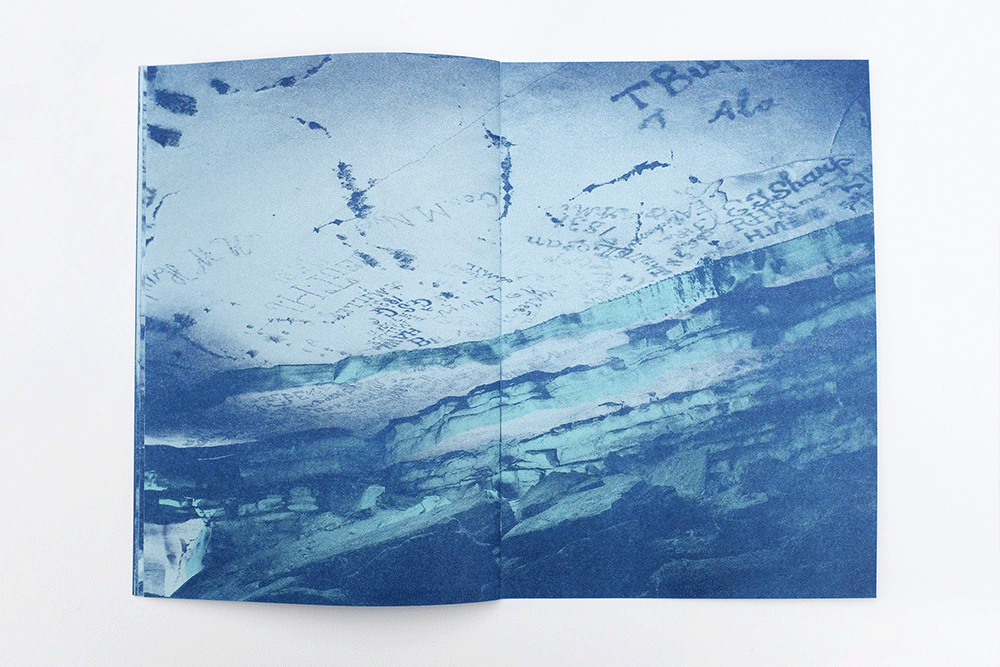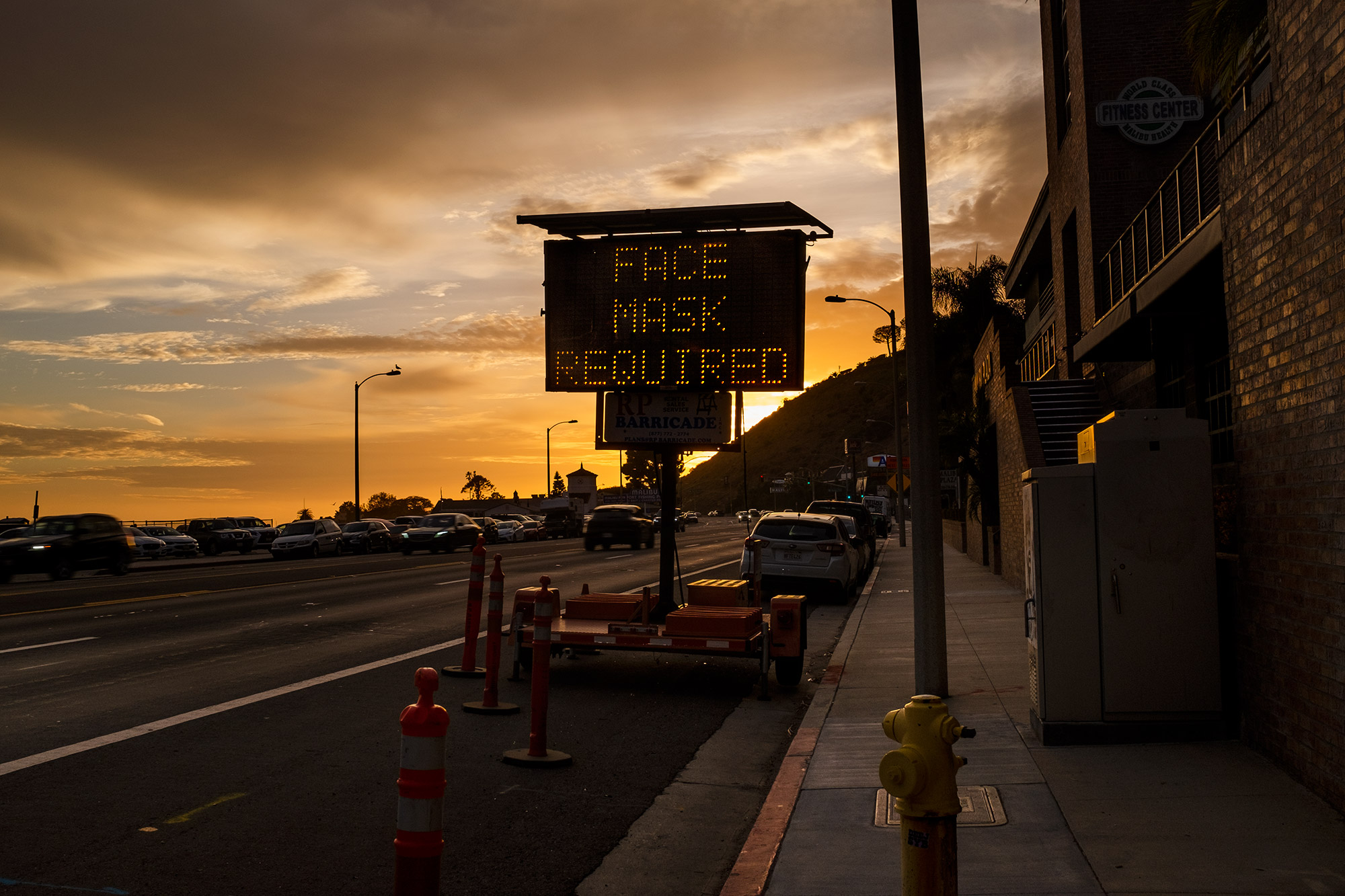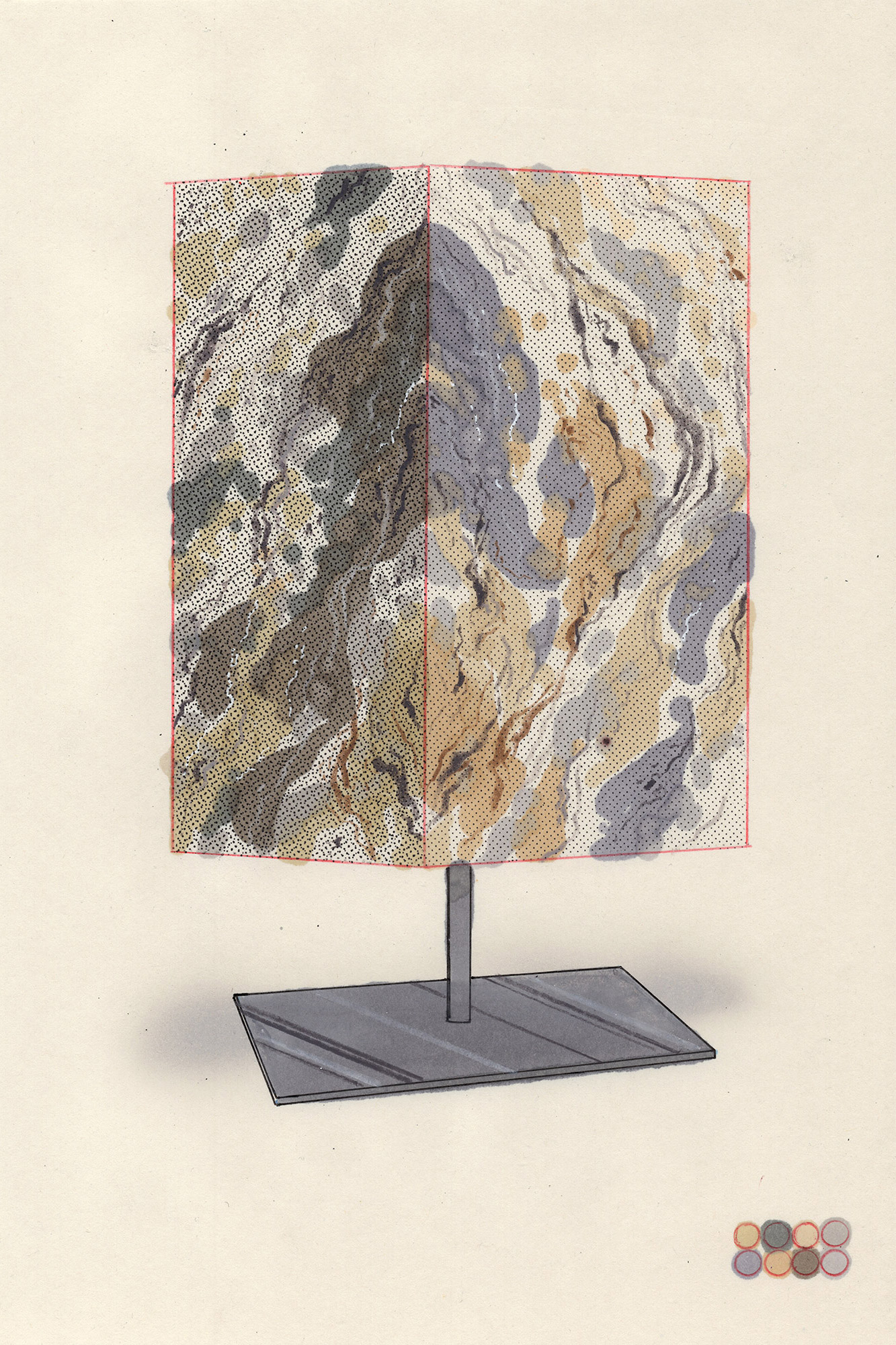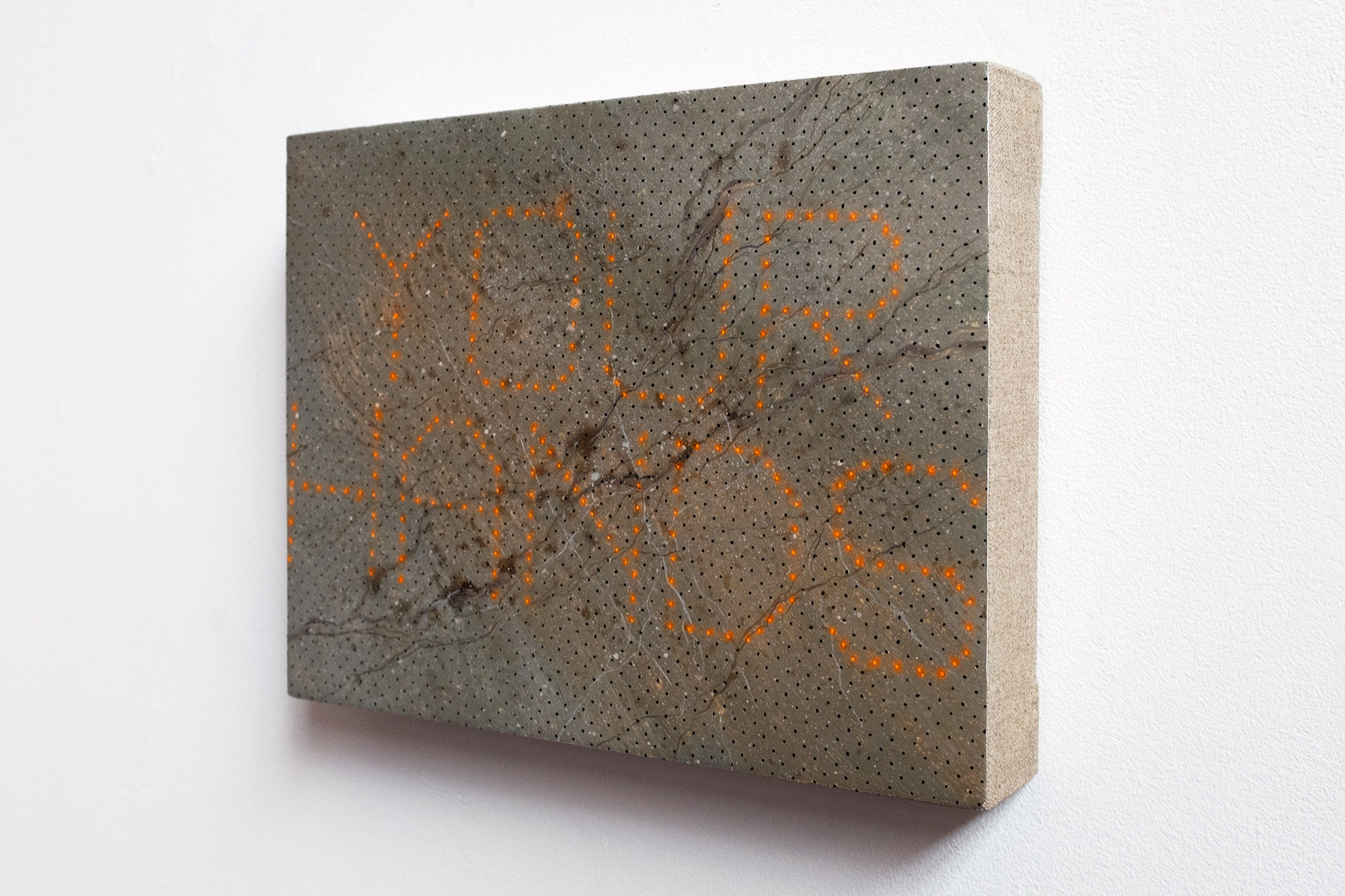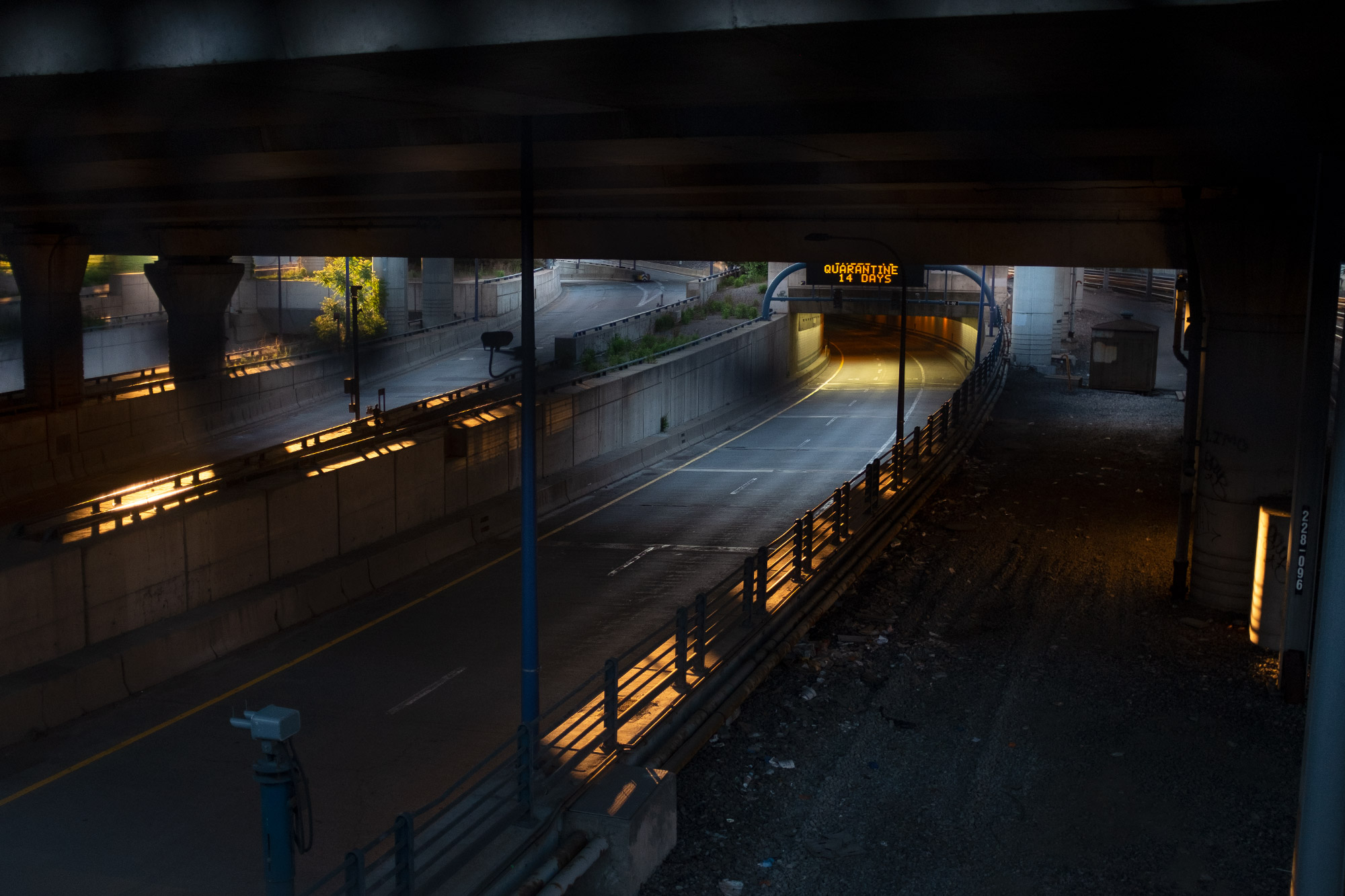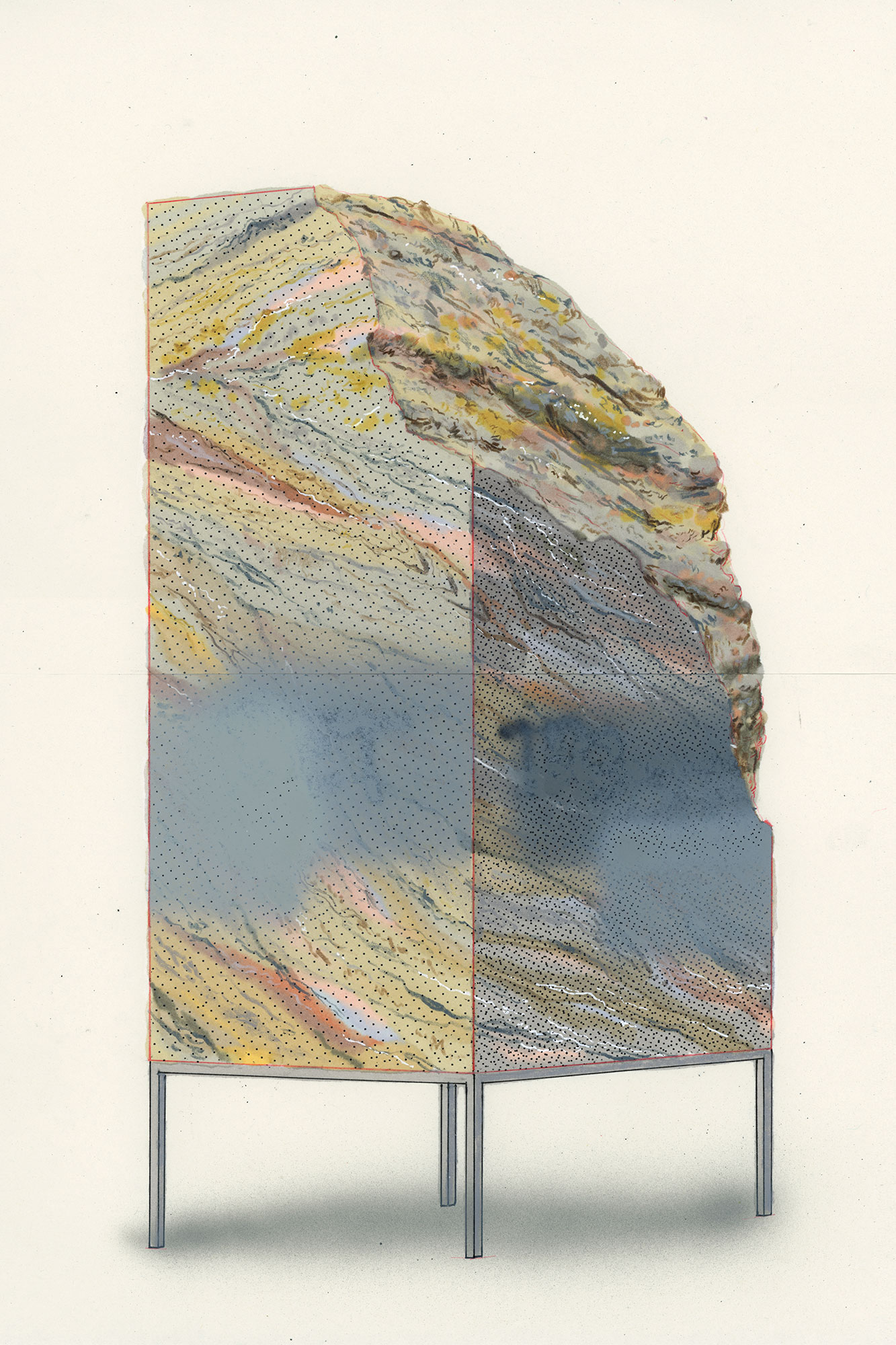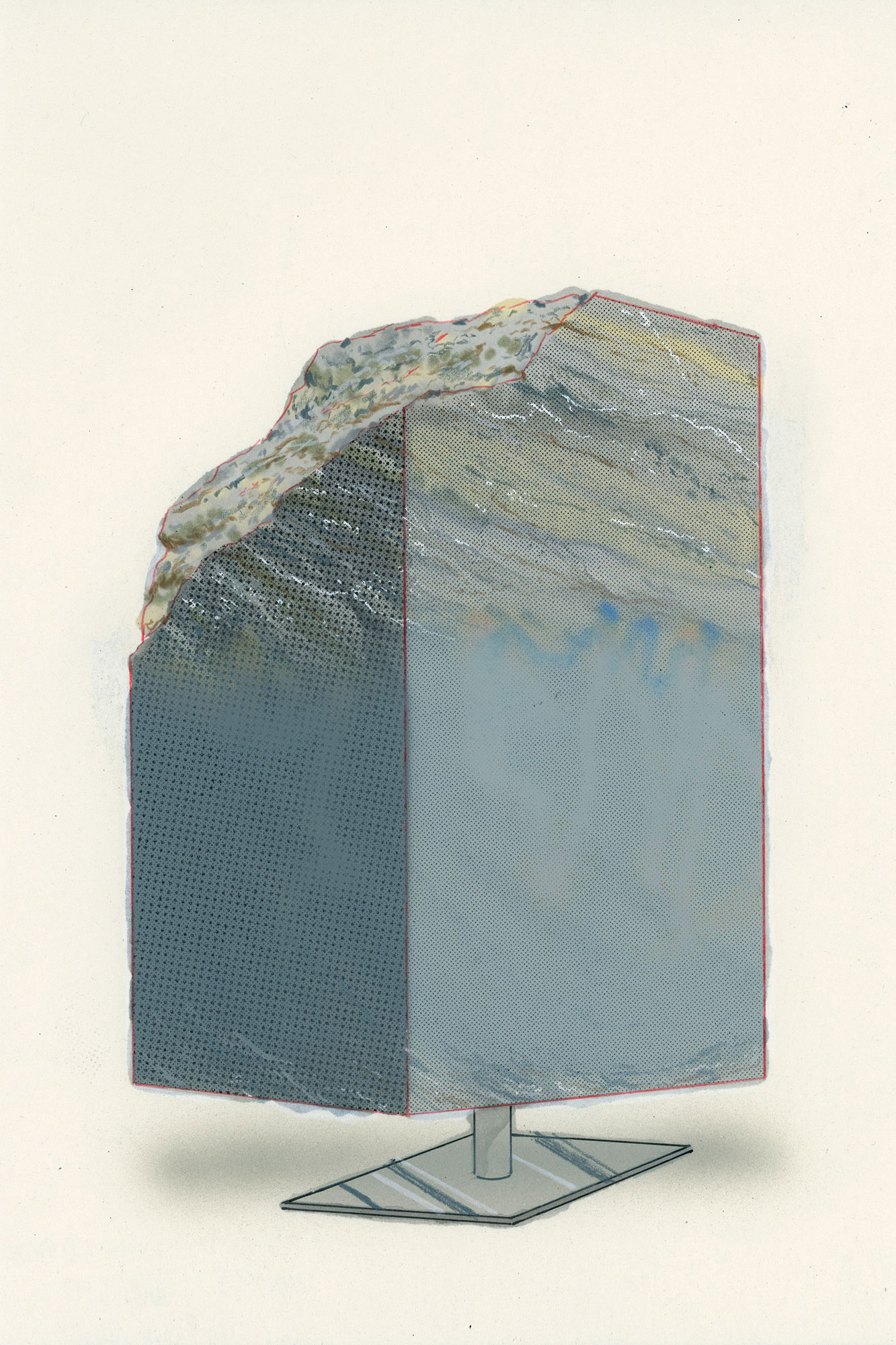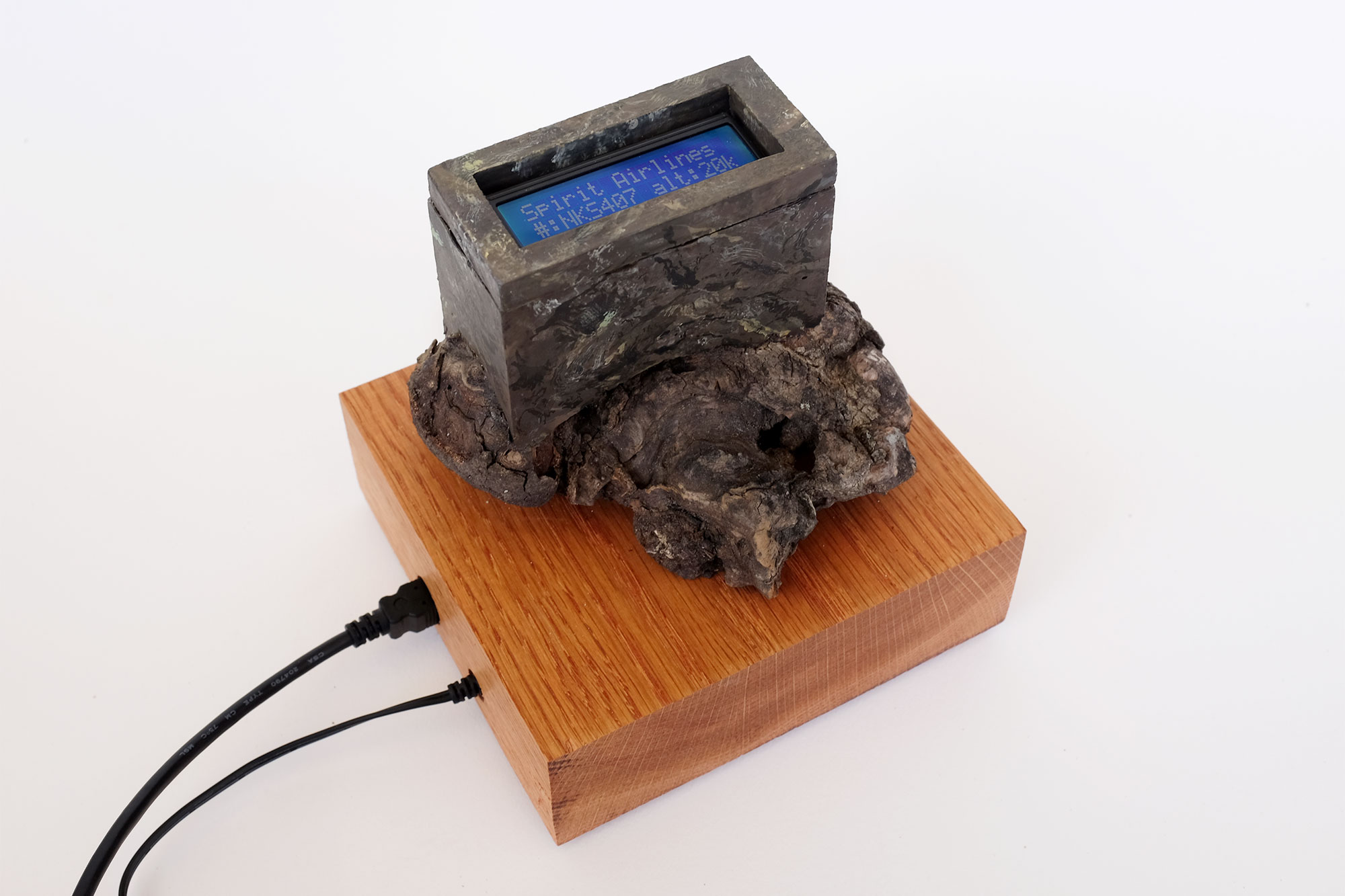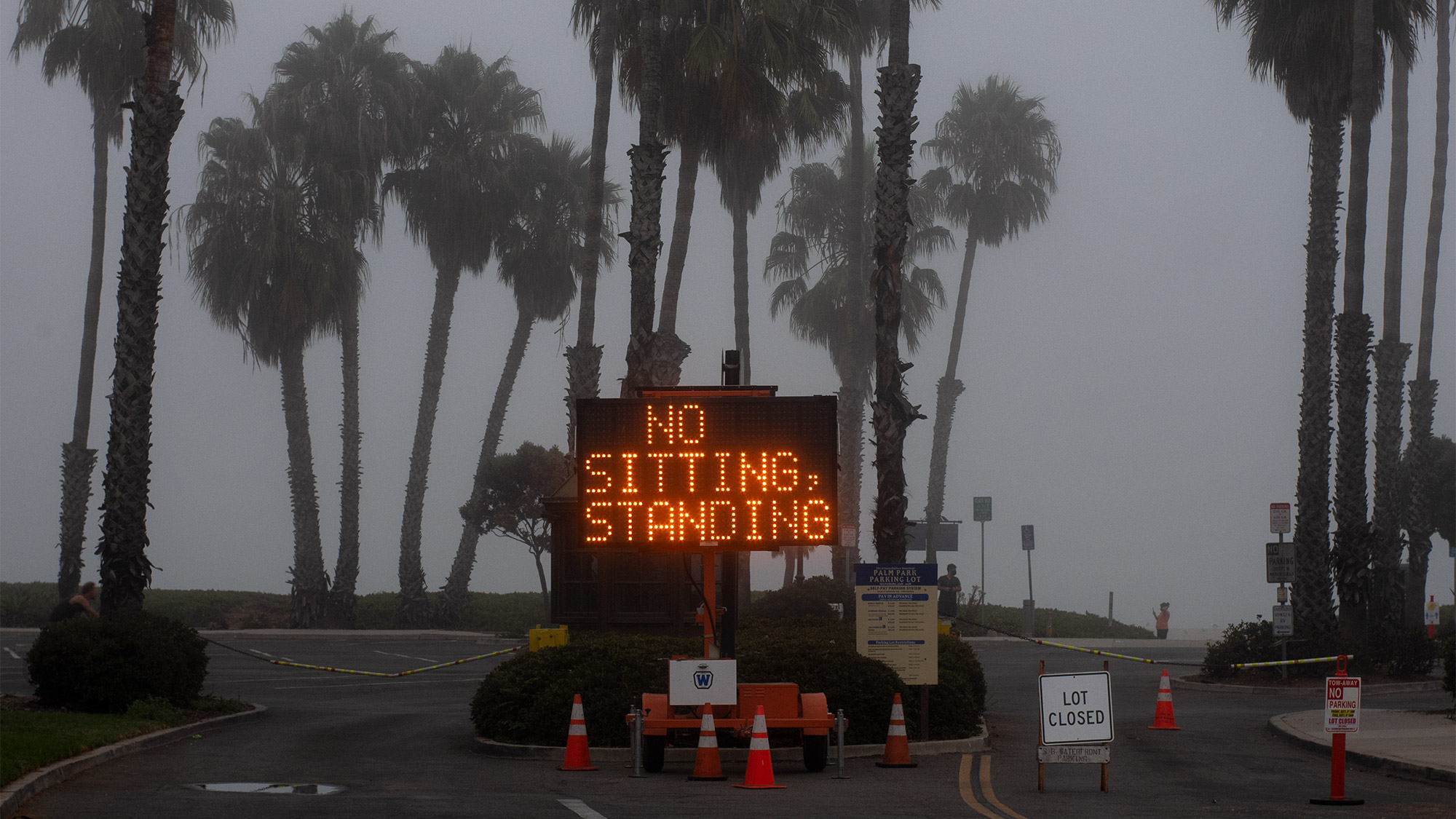ALEX LUKAS
2023 - Now
CA53776V2.gallery
CV FOLLOW
Town Website, April 10th - 11th, 2021
Town Website presented twelve small paintings started in the spring of 2020 in my parents’ Cambridge, Massachusetts basement and continued in 2021 on my kitchen table in Santa Barbara, California. The series isolates public pandemic text quoted from public health warnings, news headlines, and as seen on the succinct displays of roadside Variable Message Signs. Here, this language is imagined as transposed on slabs of granite and marble. Imbued with the permanence of carefully carved commemorative inscriptions and monumental architecture, these paintings propose a permanence in the ever-changing lexicon of contagion. To maintain social distancing, visitors were required to book appointments to view the work. At the beginning of every half-hour appointment, the work-on-view rotated, allowing each visitor to see a different iteration of the show, mirroring the flashing display of a Variable Message Sign. Riviera Parking is a project space run by Niko Chodor and Alex Heilbron located in a two-car garage in the Lower Riviera neighborhood of Santa Barbara. It is a temporary exhibition space which invites one artist to present one work over one weekend that was made during the COVID19 pandemic.
Installation Photos: Ian Byers-Gamber
Qrntine, 2020
Beta Epochs, October 22nd - November 6th, 2022
Beta Epochs is an unapologetically unpolished, collaborative adventure. Organized aspirationally in the lineage of basement punk shows and unsanctioned raves, this exhibition brings together work from twenty seven artists in a 4,200-square-foot warehouse situated between downtown Los Angeles and Echo Park Lake. Driven by an interest in playful and curious maximalism, materiality, non-linearity, visible processes, and a direct engagement with the ‘unfinished’ nature of the exhibition space, Beta Epochs embraces quirky possibility and dusty spareness in direct opposition to the white cube. Co-curated with Madeleine Eve Ignon in the spirit of hopeful play and raw curiosity, Beta Epochs proposes an ambitious and optimistic new beginning to move past the weirdness and isolation of the last few pandemic-plagued years, creating space for disheveled cooperation and community away from the keyboard. After becoming overly acquainted with each others’ sweatpants, stained shirts, postponed haircuts, and cluttered apartments in the background of Zoom calls, there is no polish anymore. Instead of a return to a pre-pandemic shine, we propose an embrace of vulnerability and messiness as a space possibility.
Written Names Fanzine #9: Names Written in Tar, Carpinteria, California, 2021
The waters off of California’s central coast are dotted with oil platforms, twinkling signs of underground deposits waiting for extraction. Some of the oil escapes on its own, and on the beach, globs of malleable tar dot the sand and seep from shoreline bluffs. Surfers, bathers, and campers in Carpinteria dip driftwood sticks into this shiny “black gold” and dribble their initials on nearby rocks.
(Written Names Fanzine documents hyper-localized occurrences of unsanctioned public name writing. Each issue focuses on a single site, chronicling and augmenting these shared experiences of place, history, tourism, and localized assertions of identity through documentation, research, transcription, and design.)
Written Names Fanzine #10: Names Written in Bicentennial SEPTA Trolleys, Windber, Pennsylvania, 2021
In 1985, a now-failed railroad museum bought several retired Philadelphia trolleys at auction. These cars, painted to commemorate the 1976 Bicentennial, now sit rusting in the woods of western Pennsylvania. Preserved within are early examples of Philadelphia’s stylistically unique graffiti tradition. This publication pairs transcriptions of these distinct writings with period images of the trolleys in service, information on their lineage, and photographs of their current condition.
7185106181, 2021 (Installed at STNDRD, Granite City, IL, July 17th - September 24th, 2021)
The blue tarp is a ubiquitous blocking mechanism - it blocks rain from getting in, it blocks the view when affixed to a chain-link fence, it provides privacy and protection. Here, it is punctured with my phone number. As if impressed upon by an oversized perfin stamp, the tarp has been recast as a means for potential communication. It is an invitation. 7185106181 reintroduces chance into the phone call experience. It's awkward, requiring me to pick up when unknown numbers appear on my screen. It also creates a new geography for these ten digits. While the phone itself remains mobile, my number is rooted in Granite City for the run of the exhibition. This grounding reestablishes a spatial understanding of cellular telephonic contact. Like an old landline, I know where the incoming call is coming from, even if I don't know who is calling.
Tree Stone, 2019, couples academic research, period advertisements and Facebook posts about tree-shaped headstones with photographs of these “imperishable botanicals” from California to Maine to Texas to Wisconsin.
This revised and expanded 2nd edition, released in the summer of 2022, features more than 30 new contemporary and historic photographs and illustrations.
That Ribbon of Highway, 2021
That Ribbon of Highway looks back at 2020 through the lens of Los Angeles’ freeway infrastructure. Composed entirely from audio found on Youtube, "That Ribbon of Highway" explores shifting speed, altered perspectives, and pedestrian incursions on the historically homogenized highway space. Sourced from car vloggers, hobbyist helicopter pilots, and archived live streams of news footage, this new audio collage documents alterations to and subversions of normative road usage. Utilizing YouTube’s crowd-sourced structure, That Ribbon of Highway presents a portrait of the freeway in 2020 from shifted perspectives - high above, moving quickly through, and entered on foot. Ordered chronologically, the audio begins with a pre-pandemic helicopter traffic report where on-air hosts hallucinate a beauty onto insufferable traffic. This coverage shifts to the ease of movement and flow of traffic at the onset of Covid-19 restrictions.
Documented by first-person video filmed on a newly vacant freeway system, these diaries subvert the private bubble long associated with the automobile. As Black Lives Matter protesters disrupt traffic, this speed is halted in a stoppage repeatedly labeled by breaking news coverage as a “violent” act. Finally, audio from this month (January 2021) details new traffic congestion around Dodger stadium as Angelenos queue for the vaccine.
That Ribbon of Highway was broadcast on KGAP 96.7 FM-LP, Burbank, as part of Issue 1: Test Flight, Materials and Applications Architecture Radio programing.
Assembly, 2020
Somerville, Massachusetts, April, 2020
Avoid Gatherings, 2020
Stone Proposal 7, 2019
This collection of small drawings envisions large blocks of stone in a yet-to-be-known museum, sculpture park, or future archive. Unadorned, but clearly on display, these stones are spaces of opportunity. Crumbling and covered with halftone patterns, buffed graffiti and LED displays, they are at once blank and complete, filled with possibility for form, text, print, image and chances for interaction. They are pre-sculptural heirlooms.
This series has been loosely inspired by N.K. Jemisin’s Broken Earth trilogy. In her epic narrative stone obelisks float above a decimated planet. Created by a then-ancient civilization, these stones are sources of power that tap into long lost and denigrated magic. They are remnants that must be relearned and repurposed. My drawings are tombstones and future relics and spaces of untapped potential. They are fantasy drawings of speculative monuments yet to be fully formed.
Written Names Fanzine #8: Names Written in Soot on the Ceiling of Gothic Avenue, Mammoth Cave, Kentucky., 2019
Malibu, California, January, 2021
Stay Home, Stay Safe, 2020
Left: Stone Proposal 33, 2020
Right: Stone Proposal 32, 2020
Your Hands, 2020
Boston, Massachusetts, June, 2020
Impossible Sites: A Proposal, 2020
In May of 2020, Black Cube Nomadic Museum solicited ideas for “Impossible Sites.” Their call asked for visions of “ambitious, imaginary, or ‘impossible’ public artworks for existing, unique sites anywhere in the world.” This proposal imagines a series of skyscraper-scale marble blocks to be placed downtown in American cities. Contrary to most extant commemorative or laudatory marble, these new monuments would be ever-changing and regularly updated. Embedded with LEDs, the building sized variable-message signs would change every 24 hours.
Daily, a small, randomly selected panel would be invited to convene and decide upon the most urgent message for the next day (i.e. Tuesday’s text would be determined by Monday’s panel). Public health warnings, calls to action, or information on upcoming municipal elections could all be broadcast on these enormous message boards. So could poetry or prayers.
Service on this panel would be seen as a civic responsibility, sort of like jury duty, but with better pay, a tasty lunch and ample childcare provided. And a Town Car would come and pick you up in the morning. Service would be voluntary and anyone could opt-out for any reason. Employers would be required to give you time off for Sign Service, but this work-release wouldn’t be an issue because all the bosses would recognize the time as valuable and for the greater good.
Of course, this is unrealistic. Even if these gigantic marble VMS signs could be constructed, who could guarantee their language would remain in the hands of the residents? It would be tempting for the government to commandeer the text for their own use, first during an “emergency,” and then to announce upcoming changes to the residential trash removal schedule. Perhaps the Chamber of Commerce could find a way to stack the panel with their representatives and broadcast an opening announcement for the latest big box store, or a new coffee shop in the “up-and-coming” part of town. And we can all imagine much, much worse. But I still like the idea of a collectively controlled means for speaking to each other, for urgently broadcasting the latest, and for more voices amplified to an enormous scale.
Left: Stone Proposal 21, 2019
Right: Stone Proposal 18, 2019
Boston, Massachusetts, June, 2020
Untitled (Road), 2019 at the Boston Exhibition & Convention Center
Five miles north of Matfield Green, Kansas, just off State Highway 177, is an open stretch of pavement. A sign at its entrance announces “Highway Material - Keep Out,” but there isn’t another soul in sight and trespassing feels low-risk. Beyond the posted notice is a nonsensical road, where double yellow lines criss-cross each other; where lane dividers appear and disappear; where, suddenly and unexpectedly, one is in the wrong lane.
In January of 2019, footage from this Kanas road was presented on the 80-foot tall LED sign in front of the Boston Convention & Exhibition Center as part of Boston Cyberarts’ Art on the Marquee program. An integral jewel in the revitalization of Boston’s Seaport district, the Convention Center sits just feet from I-90, a highway extension completed as part of the infamous Big Dig.
The Big Dig heralded a major restructuring of Boston’s infrastructure and the way eastern Massachusetts moves. Growing up in Boston in the 1990s, the project loomed large, taking on an almost mythical status. I remember being awed that, at least according to the radio, this was the biggest road infrastructure project in history. Since its completion, the efficacy of the Big Dig has been incessantly debated. Besides massive cost overruns and allegations of corruption and graft, some of the work proved to be shoddy. Ceiling tiles fell and salt water poured in from the harbor. What’s more, it’s not clear the congestion the Big Dig promised to alleviate has been improved. It too is a faulty road.
Transporting the Kansas blacktop back to Boston further disrupts the assertion of an orderly, understood, and known road space. Displayed on this gigantic scale, Untitled (Road) becomes a quiet, abstracted dystopian thriller screening next to the promise of the Big Dig.
Five Objects for the Corsicana Sky, 2019
Five small sculptures document the sky above Corsicana, Texas, tracking airplanes that are overhead in real time. These augmented local objects form an alternative technological interface, translating encoded airplane radio transmissions into sound and text. They reflect the sky back at itself. (Made in collaboration with Everest Pipkin)
Santa Barbara, California, September, 2020
|
